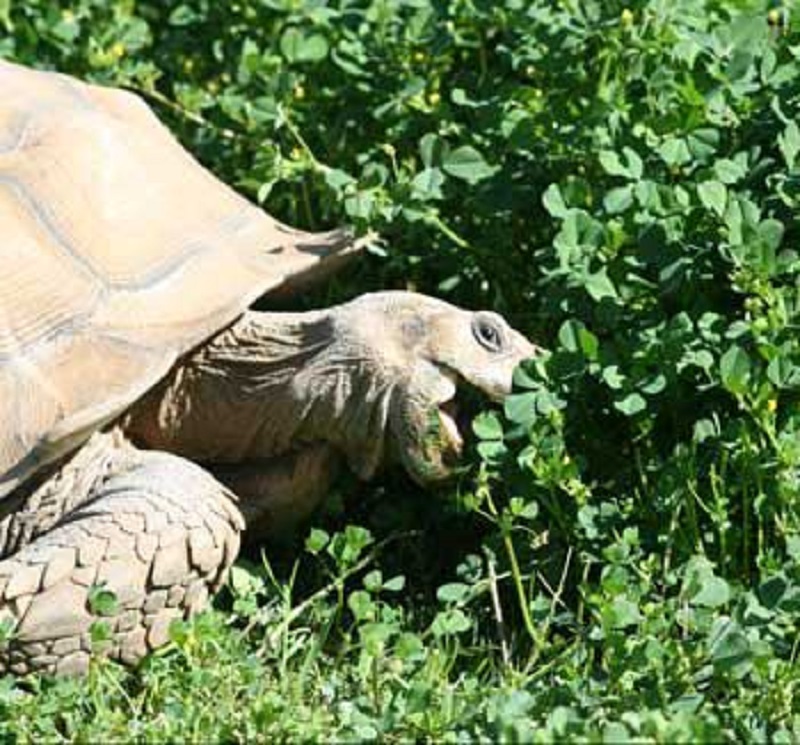From Mrs. Cog’s Corner
The content on this page is for discussion purposes relating to health and well being only and is not intended to be medical advice. Links and sources provided are for informational purposes and do not represent an endorsement of a person, product or treatment.
The pagans claimed red clovers had magical properties to ward off evil and bring good fortune. With it's many nutritional and medicinal benefits, red clover has mainstream and alternative sources singing its praises.
Red clover is consumable and an excellent source of food when foraging. You can eat the flowers fresh and use them in salads and even garnishes in iced tea or other drinks. They can be dried to make tea or store for later use.
Nutritional properties of red clover include: calcium, chromium, magnesium, niacin, phosphorus, potassium, thiamine, and vitamin C. It also contains vitamin A, zinc, iron, B-complex, selenium, cobalt, nickel, manganese, tin and sodium. Red clover also has isoflavones which interact like estrogen levels and as such are beneficial to women in menopause but should be avoided by women who are pregnant.
Red clover sprouts are very similar in size and light, crunchy texture to alfalfa sprouts. Also easy to grow as small microgreens, the young versions of the plant are packed with multiples of the nutritional value found in it's mature state.
Medicinally, red clover has been shown to be effective in killing cancer. Containing properties that starve cancerous cells, even mainstream medicine has recent studies affirming this in prostate cancer and breast cancer.
Alternative medicine has used red clover as a cancer remedy for ages in various natural herbal formulas with purported widespread success. The Canadian nurse Renee Caisse used red clover in a formula for an herbal tea (referred to as Essiac tea, her last name spelled backwards) which was originally approved for as a treatment for dying cancer victims. When she later faced charges for medical fraud for claiming success against cancer, 387 people came to testify they were cured by her formula. Privately, Caisse went on to successfully treat terminal patients for more than a decade.
It is important to note that red clover contains coumarin, a powerful blood thinner. It should not be used if a person is taking prescription anticoagulants, but as such is often included in various herbal recipes to promote blood purification and to prevent clots.
More Information:
The use of red clover as an herbal remedy goes back centuries, and the plant enjoys a history of both topical and internal applications. As a topical aid, red clover is often an ingredient in liniments and balms, for relieving the pain of both eczema and psoriasis, for sores, burns, and as an aid against skin cancer. The pain-relieving properties of red clover are likely due to the presence of the anti-inflammatory compounds eugenol, myricetin and salicylic acid in the flowers. Salicylic acid also demonstrates activity against eczema. http://www.foxnews.com/health/2013/06/12/healing-properties-red-clover/
The red clover herb is a perennial plant that is native to central Asia, Africa and most of Europe. As a member of the bean family, red clover has a long history of being nutritious cattle fodder, as well as a medicine. Due to its many beneficial uses, it has been naturalized in Australia and North America. http://www.all4naturalhealth.com/red-clover-herb.html
Based on its traditional use for cancer, researchers have begun to study the role of isoflavones from red clover in cancer prevention and treatment. Preliminary evidence suggests these isoflavones may stop cancer cells from growing or kill cancer cells in test tubes. Researchers theorize that red clover may help prevent some forms of cancer, such as prostate and endometrial cancer, because of the herb's estrogen-like effects, it might also contribute to the growth of some cancers, just as estrogen does. Until further research is done, doctors cannot recommend red clover to prevent cancer. Women with a history of breast cancer should not take red clover. http://umm.edu/health/medical/altmed/herb/red-clover
Rene Caisse gave her formula to at least 2 trusted friends and the four herbs in the recipe are well known as: Rumex Acetosella (Sheep Sorrel), Arctium Lappa Root (Burdock), Ulmus Fulva Bark (Slippery Elm Bark), Rheum Pamatum Root (Turkey Red Rhubarb). Rene Caisse added a fifth herb, Red Clover, when it was in season. For completeness we have added Red Clover, a plant with many healing properties. As well as being used for cancer patients, Red Clover is renowned for promoting a more positive outlook and increasing energy levels. http://www.hwize.com/essiac/rene-caisse.html
Red clover has been traditionally used in folk medicine to treat inflammation of the skin, whooping cough and respiratory conditions. Herbalists suggest drinking a tea made with red clover, steeped for five to 10 minutes to ease coughing due to colds or the flu. A poultice made from a strong red clover tea can be placed on skin irritations associated with eczema or psoriasis to ease discomfort and speed healing. Red clover contains coumins, which have a mild blood thinning property and are believed to help chronic degenerative disorders. http://www.livestrong.com/article/237456-what-are-the-benefits-of-red-clover-tea/
Native bumble bees are known to be better pollinators of red clover than honey bees. Honey bees, with a shorter proboscis, can not reach the nectar in the long flowers of red clover, so they will go to other flowers if available. Since bumble bees nest in the ground, it is to a grower's advantage to leave some wild areas near the field for habitat. Honeybees can still help seed yield, and many growers contract with beekeepers to place hives in their fields. http://www.oregonclover.org/clovers/redclover/
Red Clover is now grown expansively in the northeast and northwest U.S., and even used as a winter annual in the southeastern U.S. Fruit and seeding periods are abundant in spring. http://www.proflowers.com/blog/vermont-state-flower-the-red-clover


Mrs Cog,
I think I’m going to grow some red clover. I’m almost positive I saw these at the hydroponics store. I ordered something from them that needs to be picked up. I love new health beneficial growing ideas. Thanks again for the awesome information.
Hope you like groundhogs! And as Euell Gibbons used to say “Some parts are edible.” My grandfather and father used to hunt the things for the farmers. Grandma would brown em and serve them with gravy. They are a clean animal (eating only plants), but they are more gamey than other wild animals.. I never liked the things, but Dad loved them.
Don’t plant the clover near your garden or they’ll get your underground vegetables (potatoes, carrots, etc).